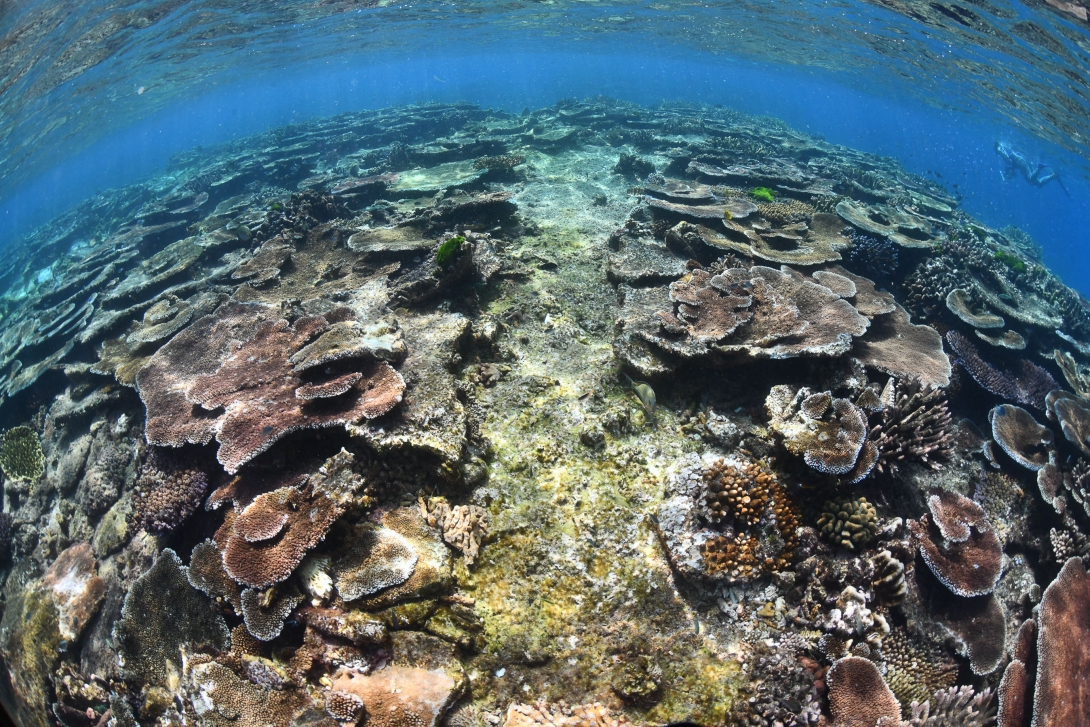The threats assessed individually in Figure 9.1 do not affect the Reef in isolation. Cumulative impacts result from the interaction of effects from one or more threats, as well as from past, present and reasonably foreseeable future influences.2149 Responses to a single threat can be complex, such as indirect or not linear, variable in space and time, and compounded by other stressors or ecological processes.2154 In isolation, a single threat can affect specific life stages or ecological processes that may also interact with other environmental factors, which are often difficult to detect. Some threats build up slowly over decades and have a chronic effect in the ecosystem, while exposure to others can occur as acute events over short periods of time.1404
The Reef and its Catchment are exposed, directly or indirectly, to diverse and extensive human activities, including ports, shipping, fishing, tourism, land-based runoff and coastal development. The impacts of these activities do not occur in isolation, and often interact with threats, such as ongoing sea-temperature increase, altered weather patterns, and outbreaks of coral predators and diseases.2155 These cumulative impacts can interact with each other in different ways. For example, they can be additive (the combined effect is the sum of each independently), synergistic (the combined effect is greater than the sum of each independently) or antagonistic (the combined effect is less than the sum of each independently).1572 These multiple impacts can also occur at the same time or can arise if the pressures occur at different times when they occur in the same space (due to the long-term effects of past pressures).



